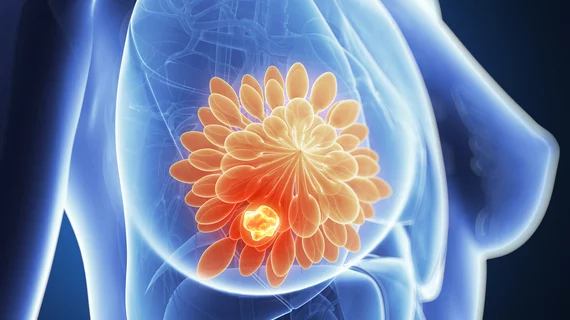Nearly 40% of women in their 40s would delay mammography screening after learning of its downsides
Nearly 40% of women in their 40s would delay the start of regular breast cancer screening after learning about some of the potential downsides.
That’s according to the results of a new national survey, published in the Annals of Internal Medicine [1]. In April, the U.S. Preventive Services Task Force finalized recommendations that women begin undergoing mammography every other year starting at 40 (instead of 50).
Researchers conducted a survey of nearly 500 women between the ages of 39 to 49 with no history of breast cancer or gene mutations. After viewing a decision aid detailing the potential dangers of mammography, many appeared to change their minds.
“There are women in their 40s who would prefer to have mammography at an older age, especially after being informed of the benefits and harms of screening,” lead author Laura D. Scherer, PhD, with the University of Colorado School of Medicine, and colleagues concluded. “Women who wanted to delay screening were at lower breast cancer risk than women who wanted screening at their current age. Many found information about the benefits and harms of mammography surprising.”
Before viewing the decision aid, about 27% of survey participants preferred to delay screening versus beginning at their current age. That’s compared to 38.5% after viewing the aid, which presented details about overdiagnosis risk as a percentage of all screening-detected cancers (12% to 22%). There was no increase in the number of women never wanting to undergo mammography, at 5.4% before viewing the decision aid and 4.3% afterward. About 37.4% of participants found the information about overdiagnosis “surprising,” 27.2% said the same about risk for potential false-positives, and 22.9% related to the benefits of screening.
"These data suggest that many people who want to delay screening are considering the evidence and deciding that, for them, the harms outweigh the benefits at their current age," the authors noted.
Read more, including potential study limitations, in the official journal of the American College of Physicians at the link below.

